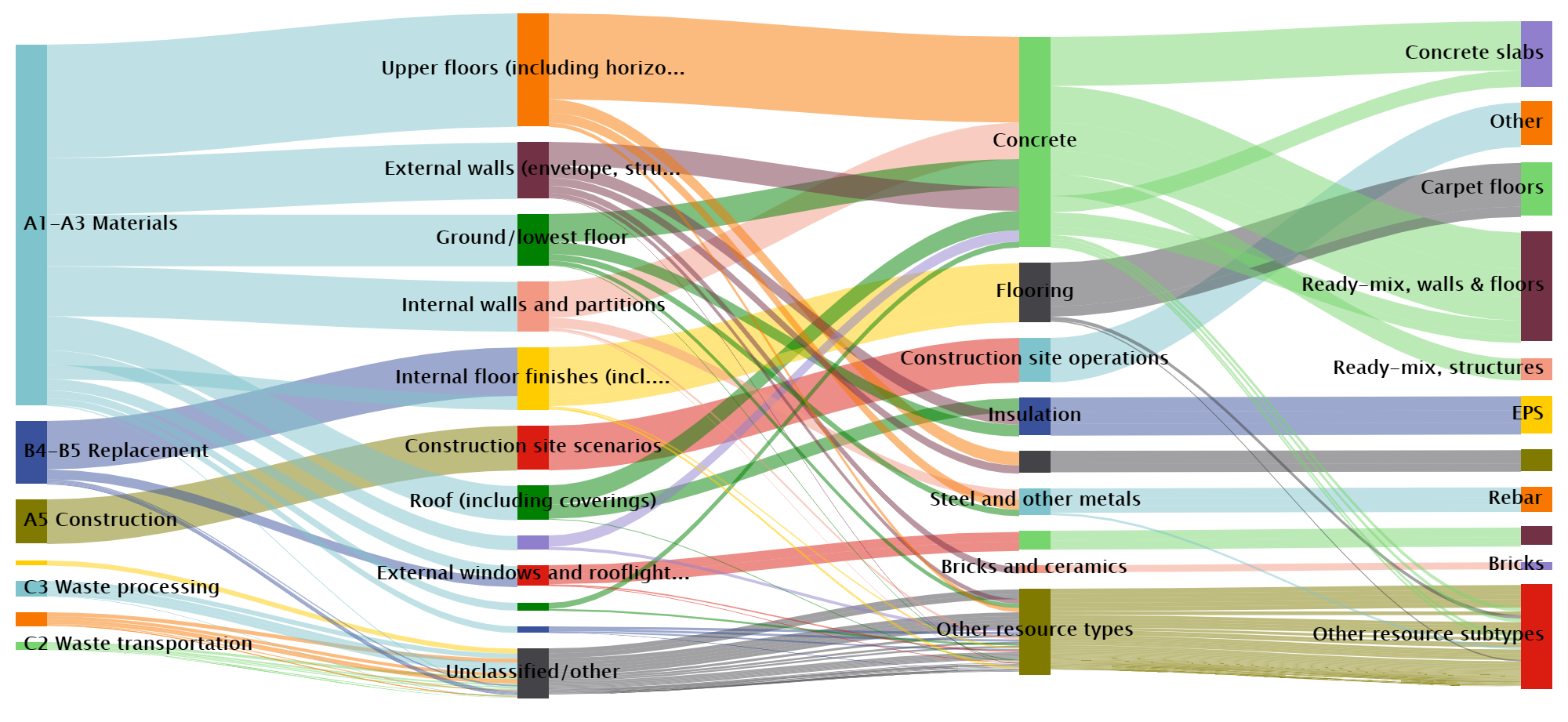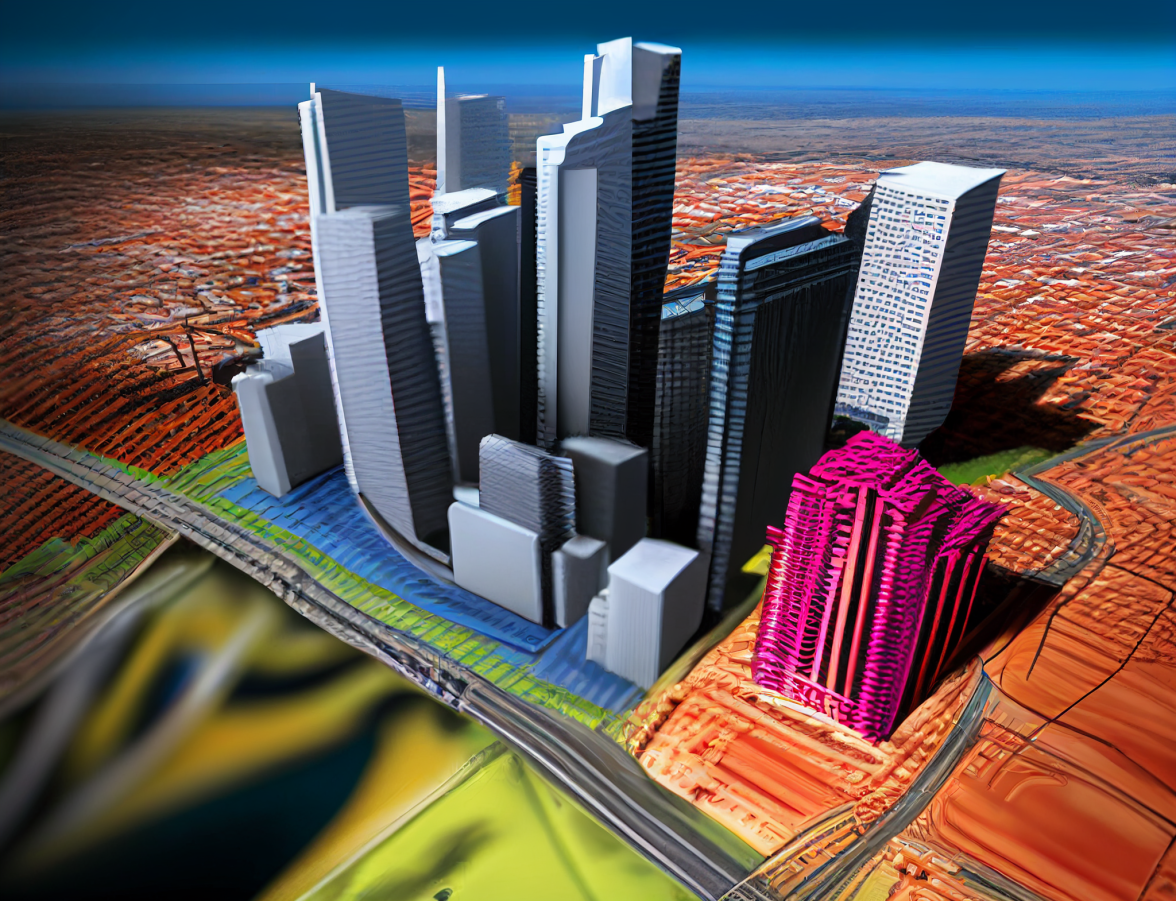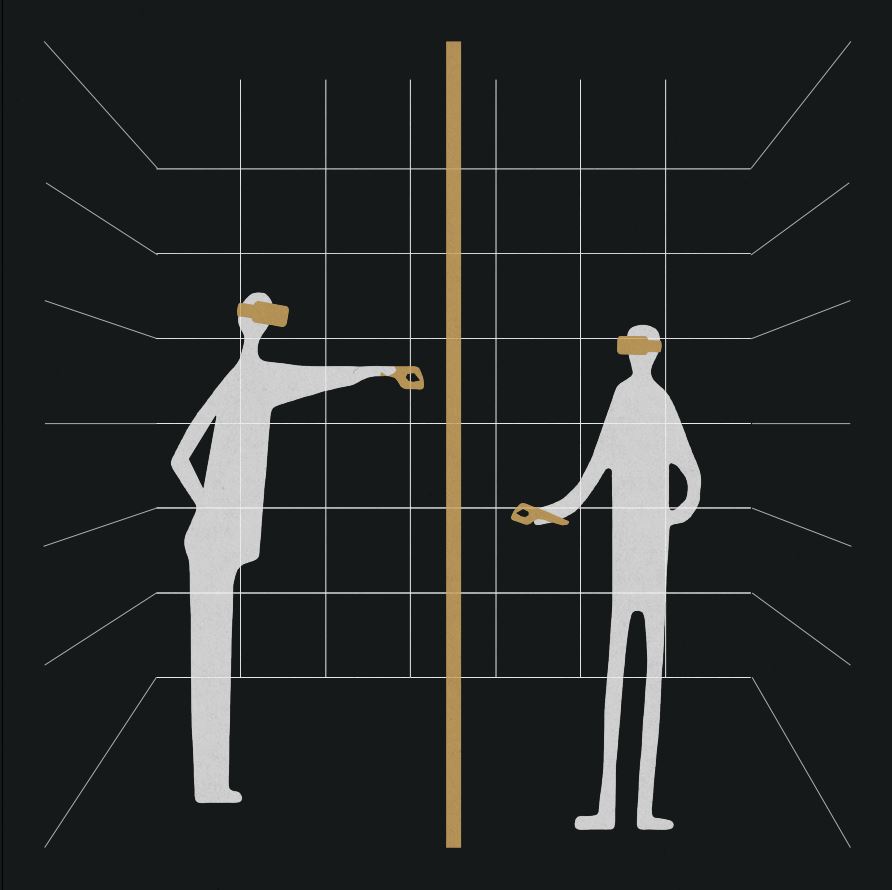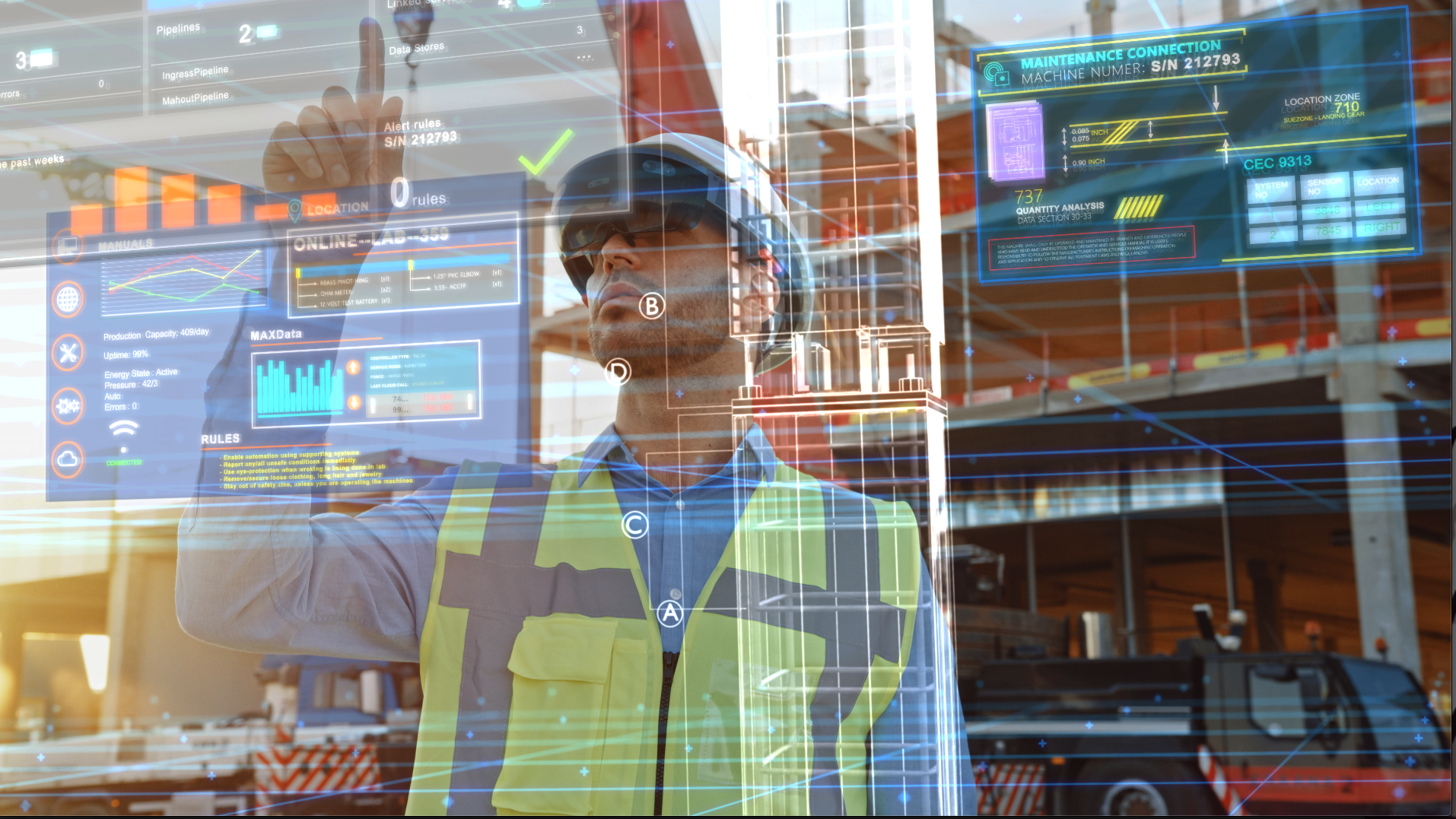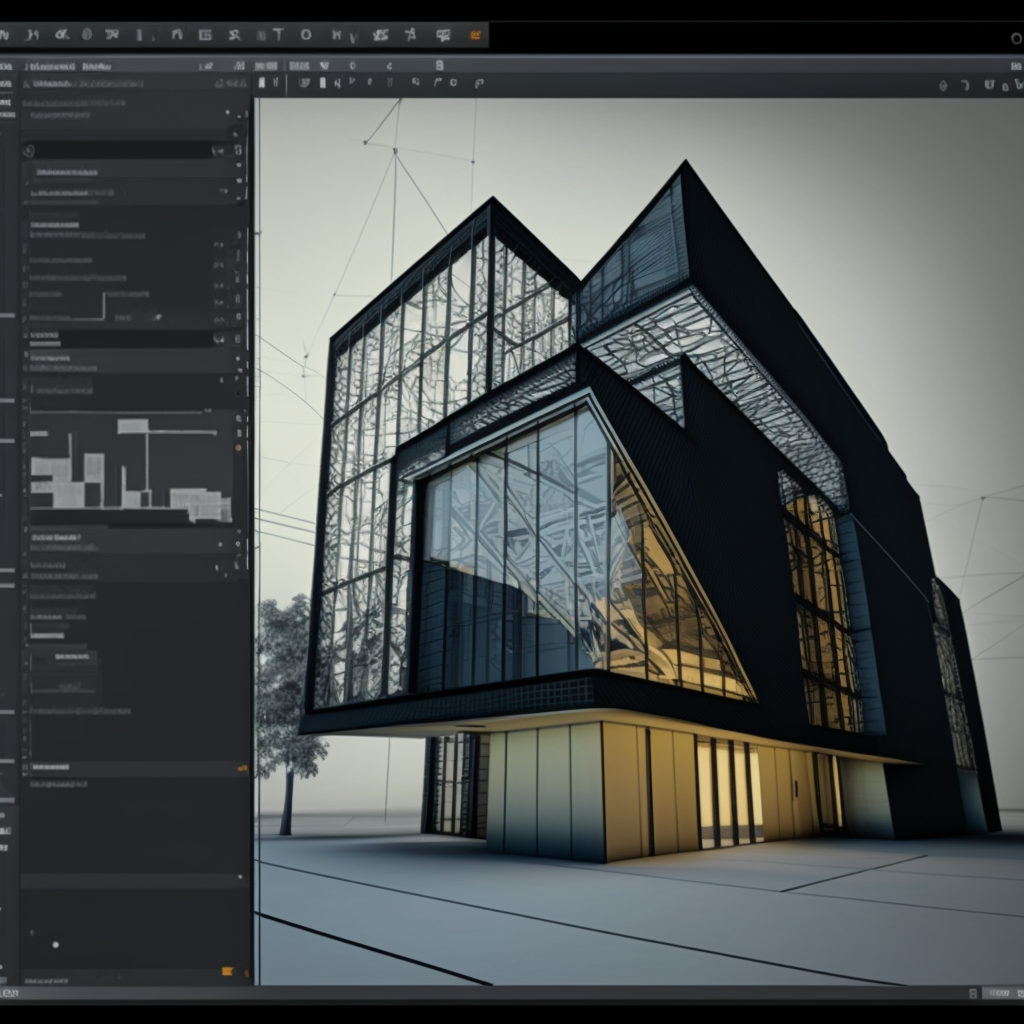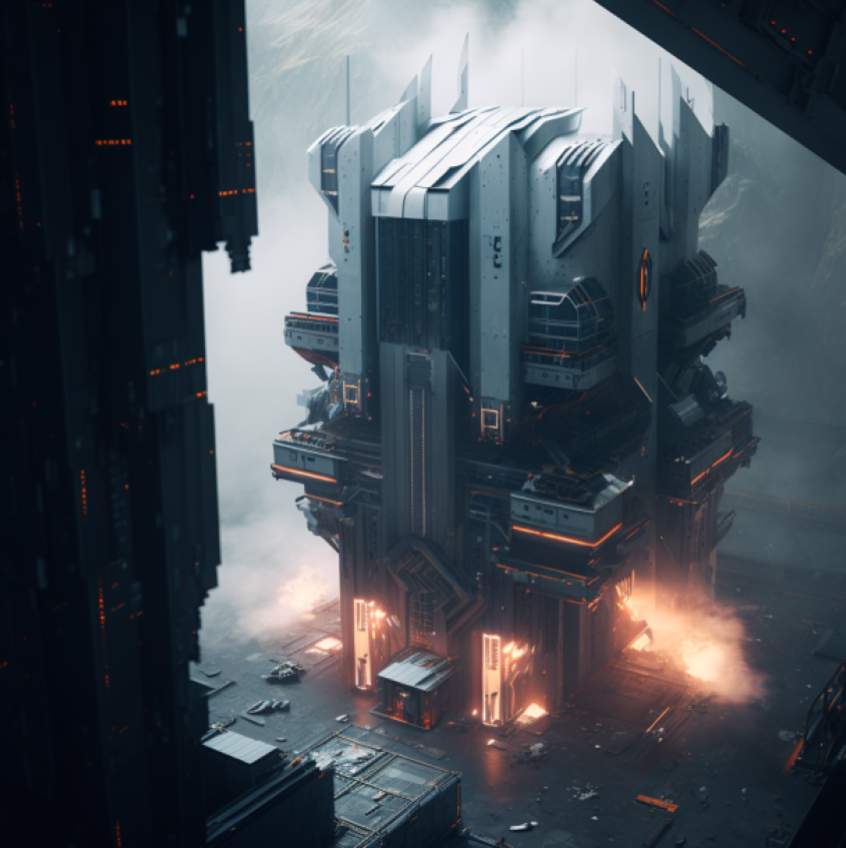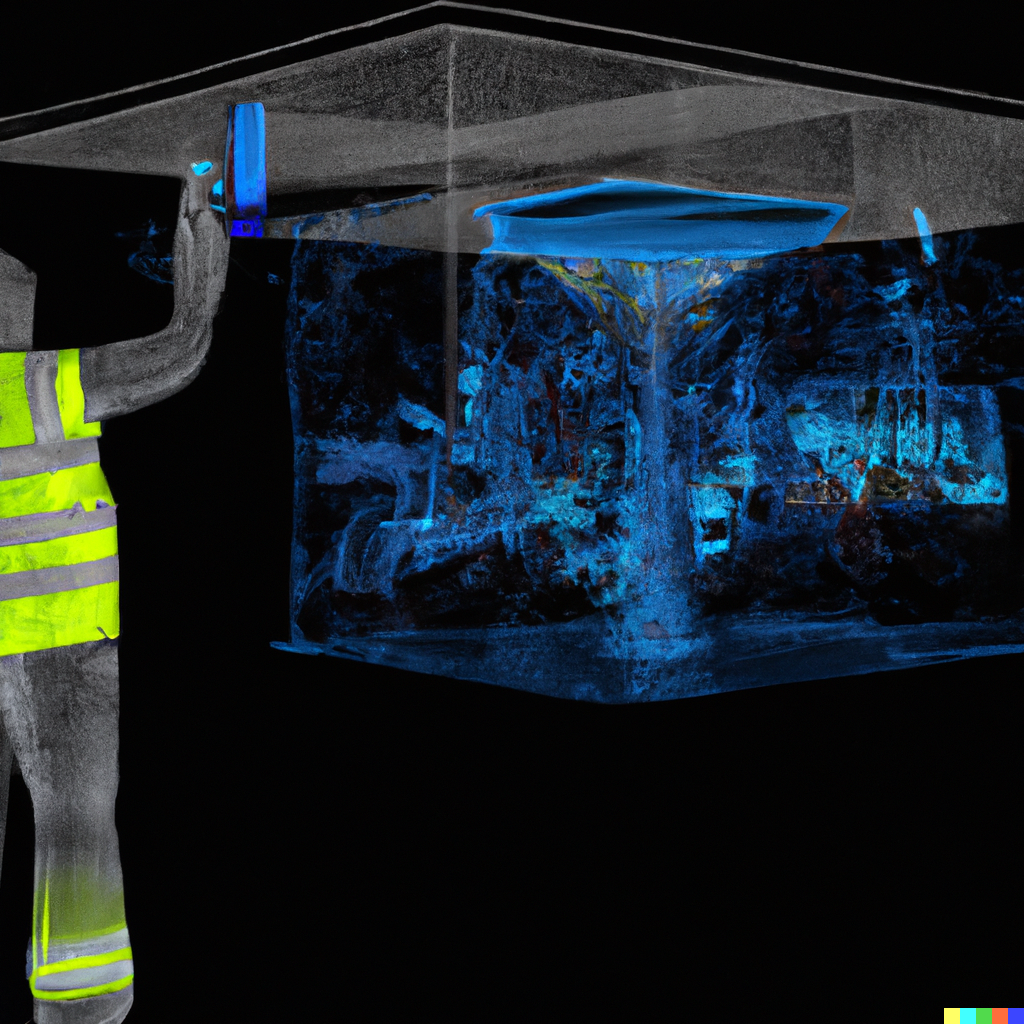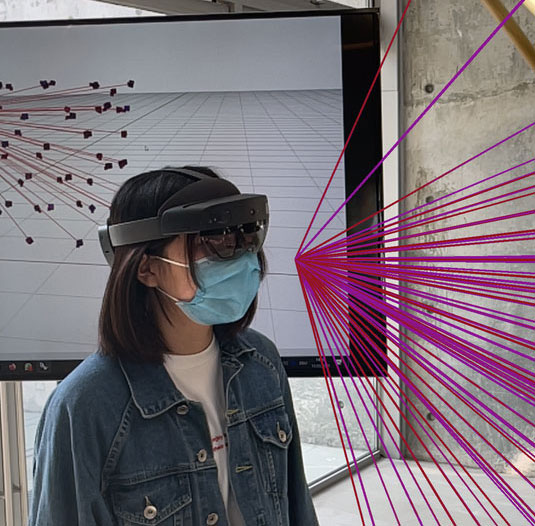BIM towards life cycle assessment
Introduction Building Information Modeling (BIM) workflows can support Life Cycle Assessment (LCA) by providing a centralized digital repository of building data and design information. BIM can facilitate the collection and management of data related to material sourcing, energy use, and environmental impact throughout a building’s lifecycle. This set of information is relevant to perform LCA … Read more

